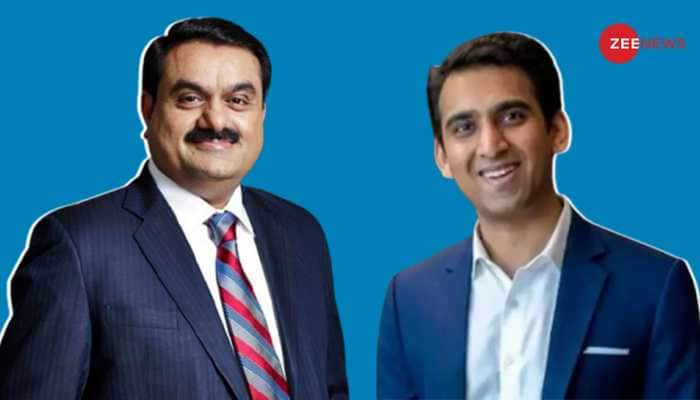Rajya Sabha elections: The formula to elect MPs
The present strength of Rajya Sabha is 245, out of which 233 are representatives of States and UTs and 12 are nominated by the President.
Trending Photos
)
Voting is underway for 25 seats in the all-important elections to the Rajya Sabha. The Upper House will have 58 vacancies in April but since 33 candidates from 10 states have already been unanimously elected, voting is being held just for the remaining 25. The seats which are going to polls are from Uttar Pradesh, West Bengal, Karnataka, Jharkhand, Chhattisgarh and Telangana.
The Narendra Modi-led BJP government at the Centre, currently has 58 members, four more than the Congress in the Upper House of Parliament. In April, 17 members from the Bharatiya Janata Party (BJP) and 12 from the Congress Party are retiring. Three nominated members - actress Rekha, cricketer Sachin Tendulkar, and social worker Anu Aga -- will also complete their six-year tenure in April.
Rajya Sabha is a permanent House, not subject to dissolution. One-third members of Rajya Sabha retire after every second year. Vice President of India is the ex-officio Chairperson of the Rajya Sabha. It has a maximum number of 250 members, out of which 12 members are nominated by the President and not more than 238 are representatives of the States and of the Union Territories.
The present strength of Rajya Sabha is 245, out of which 233 are representatives of States and UTs and 12 are nominated by the President. Those nominated by the President are persons having special knowledge or practical experience in respect of such matters as literature, science, art and social service.
Formula for elections:
The allocation of elective seats is made on the basis of the population of each state. Due to the reorganization of states and formation of new states, the number of elected seats in the Rajya Sabha allotted to States and Union Territories has changed from time to time since 1952.
| 4.2 Changes in Composition of Rajya Sabha | ||
|---|---|---|
| Year | Elective Members | Total* |
| 1952 | 204 | 216 |
| 1954 | 207 | 219 |
| 1956 | 220 | 232 |
| 1960 | 224 | 236 |
| 1964 | 226 | 238 |
| 1966 | 228 | 240 |
| 1972 | 231 | 243 |
| 1976 | 232 | 244 |
| 1987 | 233 | 245 |
| Till date | 233 | 245 |
The Rajya Sabha members are elected by the method of indirect election. They are elected by the elected members of the Legislative Assembly of that state and by the members of the Electoral College for that Union Territory, with the system of proportional representation by means of the single transferable vote.
The Electoral College for the National Capital Territory of Delhi consists of the elected members of the Legislative Assembly of Delhi, and that for Puducherry consists of the elected members of the Puducherry Legislative Assembly.
Each MLA carries 100 votes. The total number of votes required for a candidate to get elected to the Rajya Sabha is [(Number of MLAs X 100) / (Vacancies + 1)] + 1.
Stay informed on all the latest news, real-time breaking news updates, and follow all the important headlines in india news and world News on Zee News.
Live Tv







)
)
)
)
)
)
)
)
)
)
